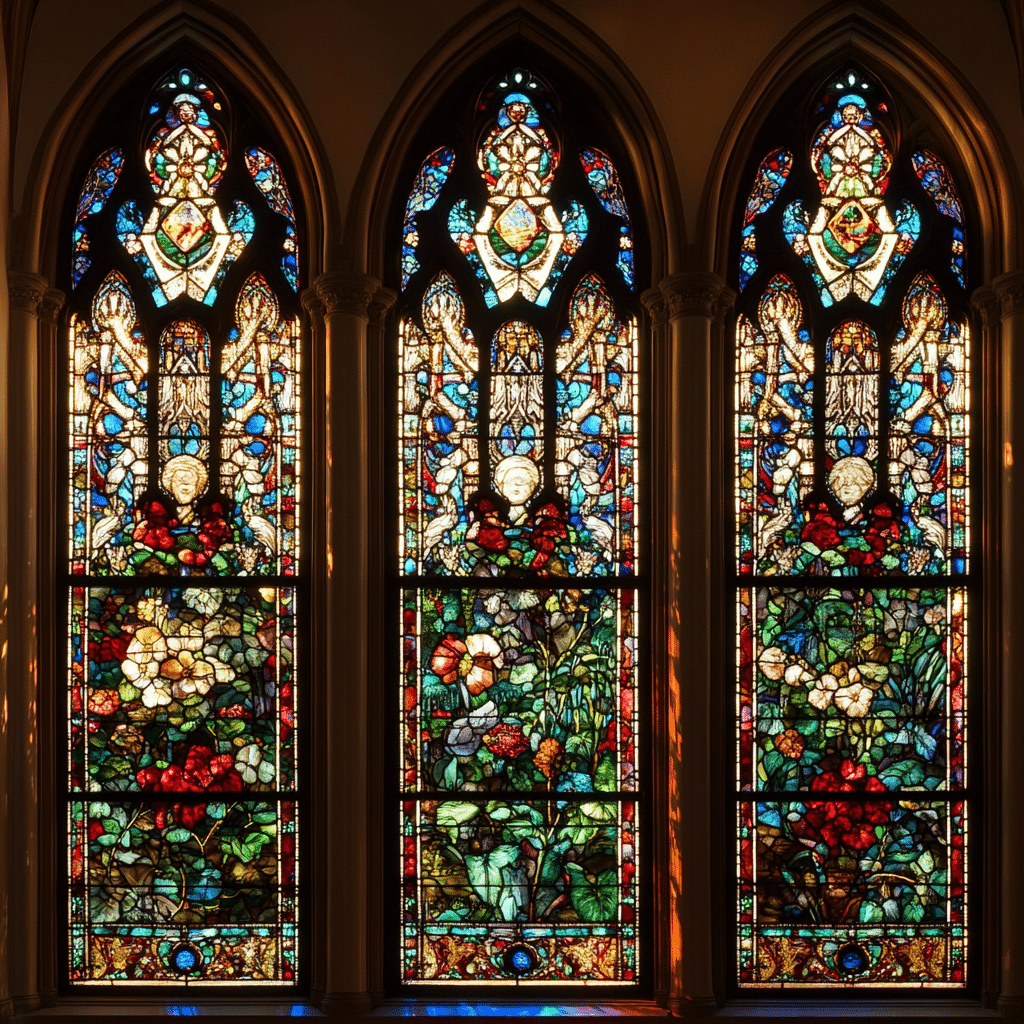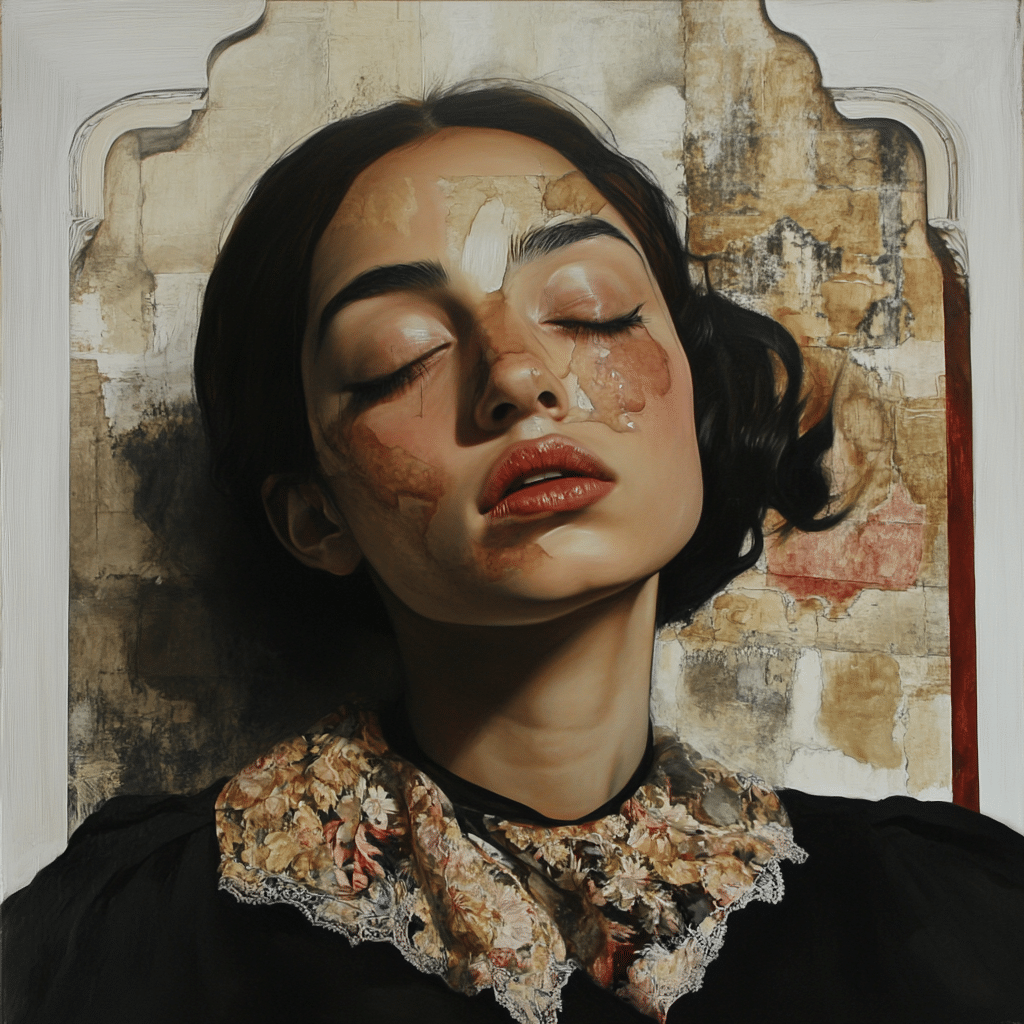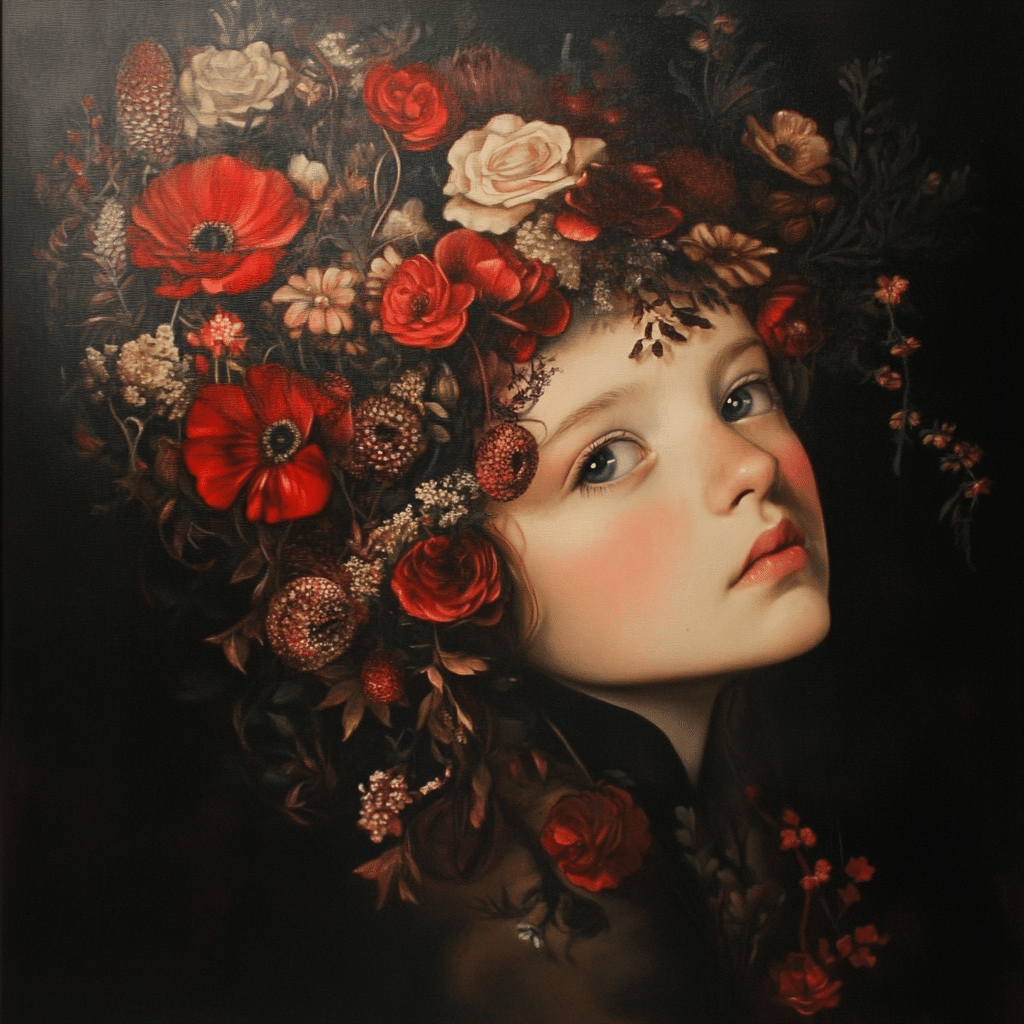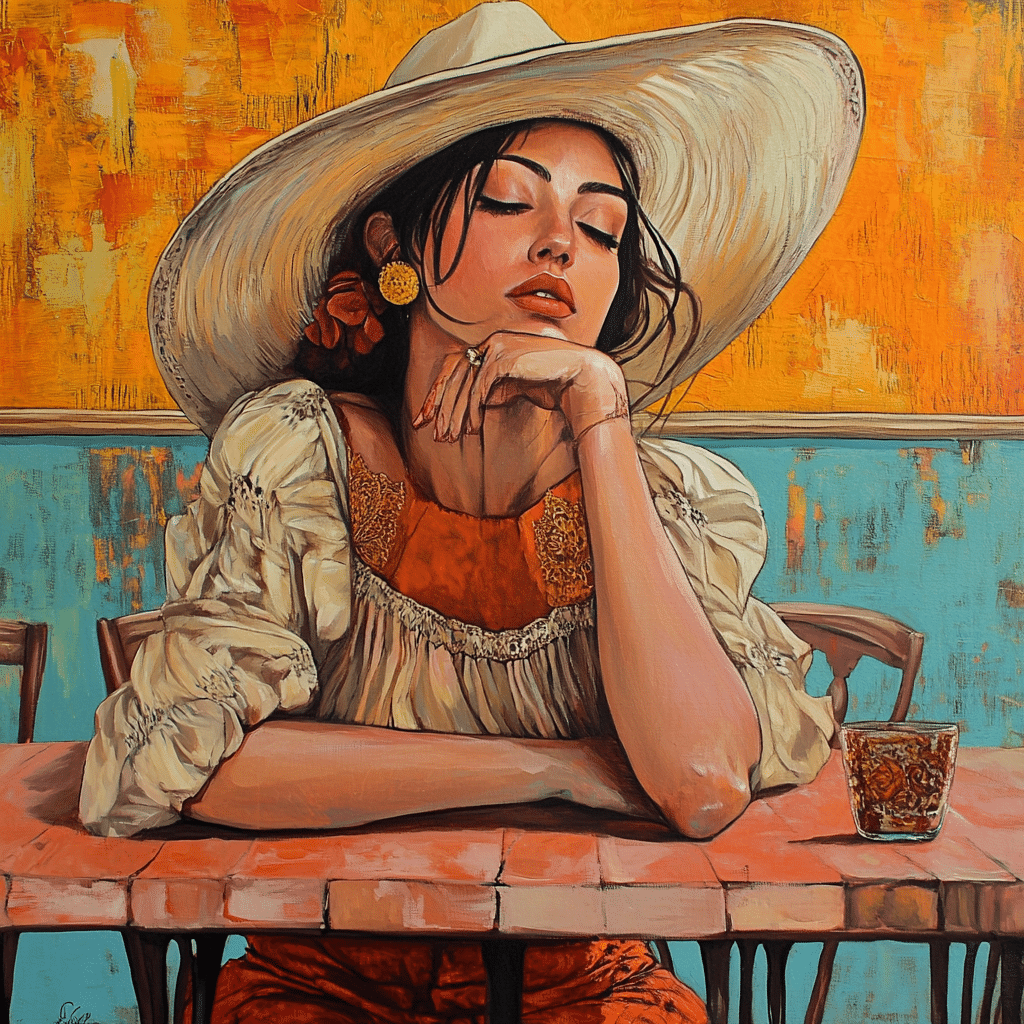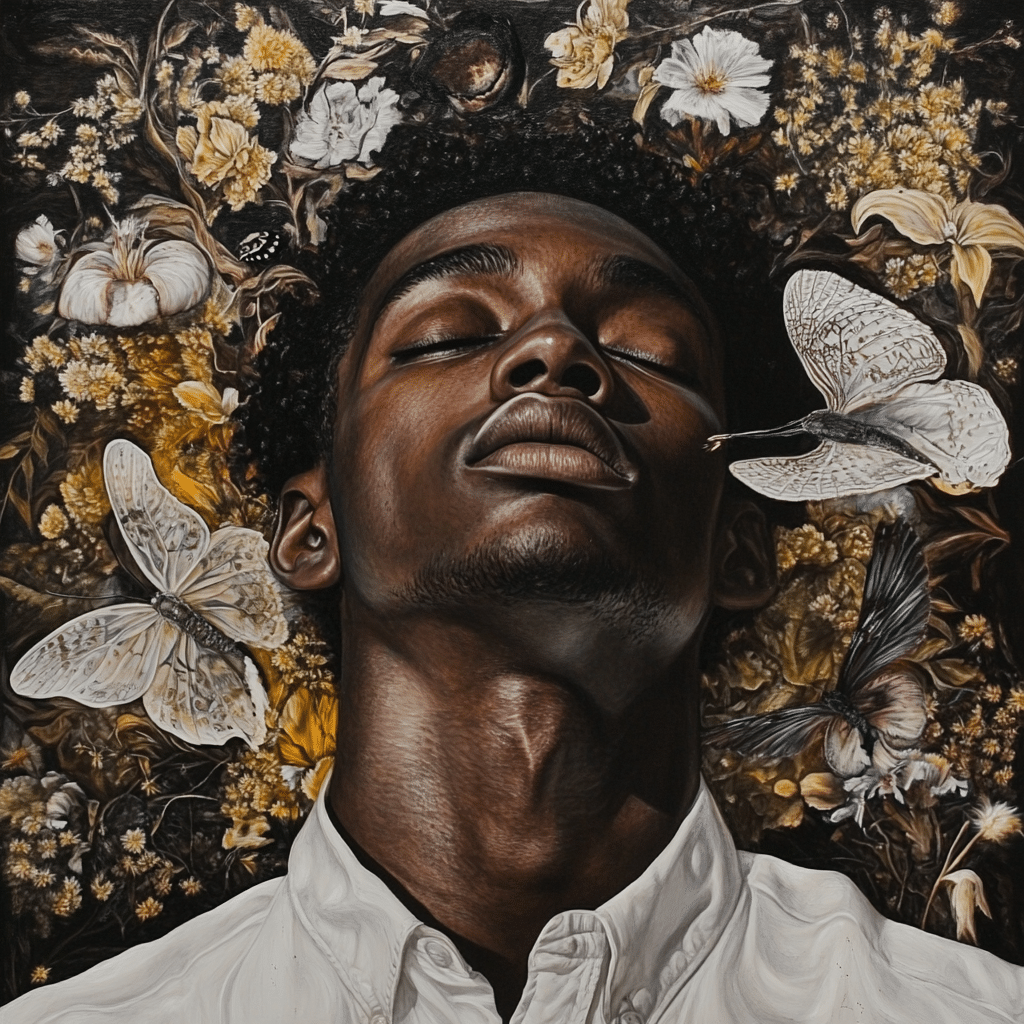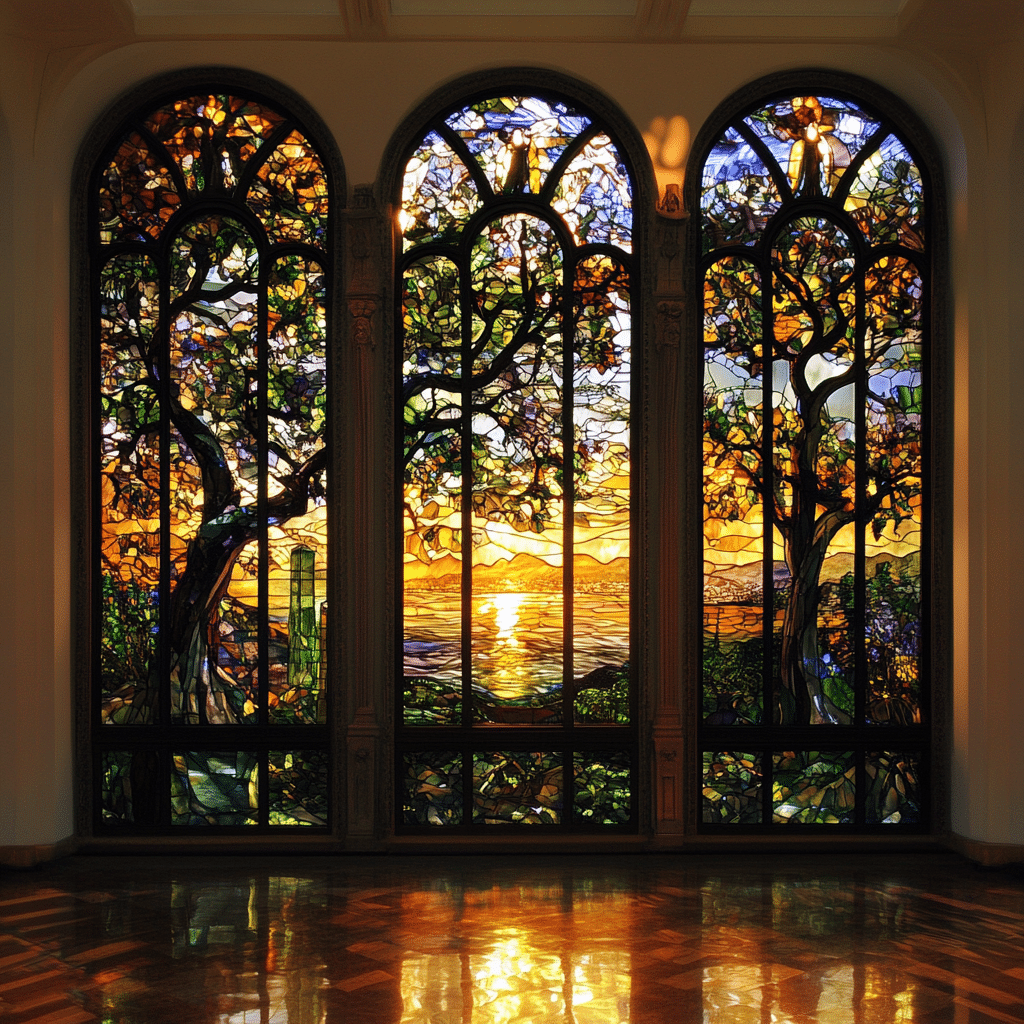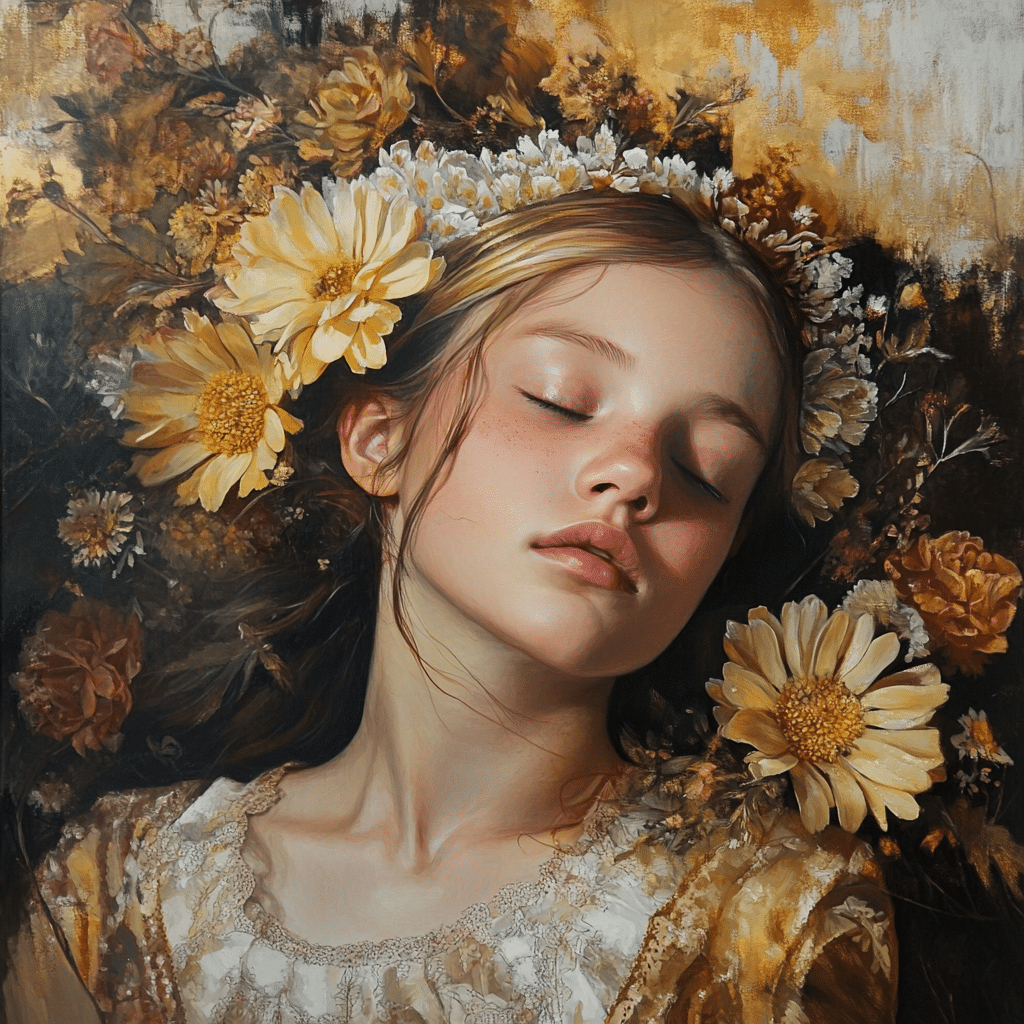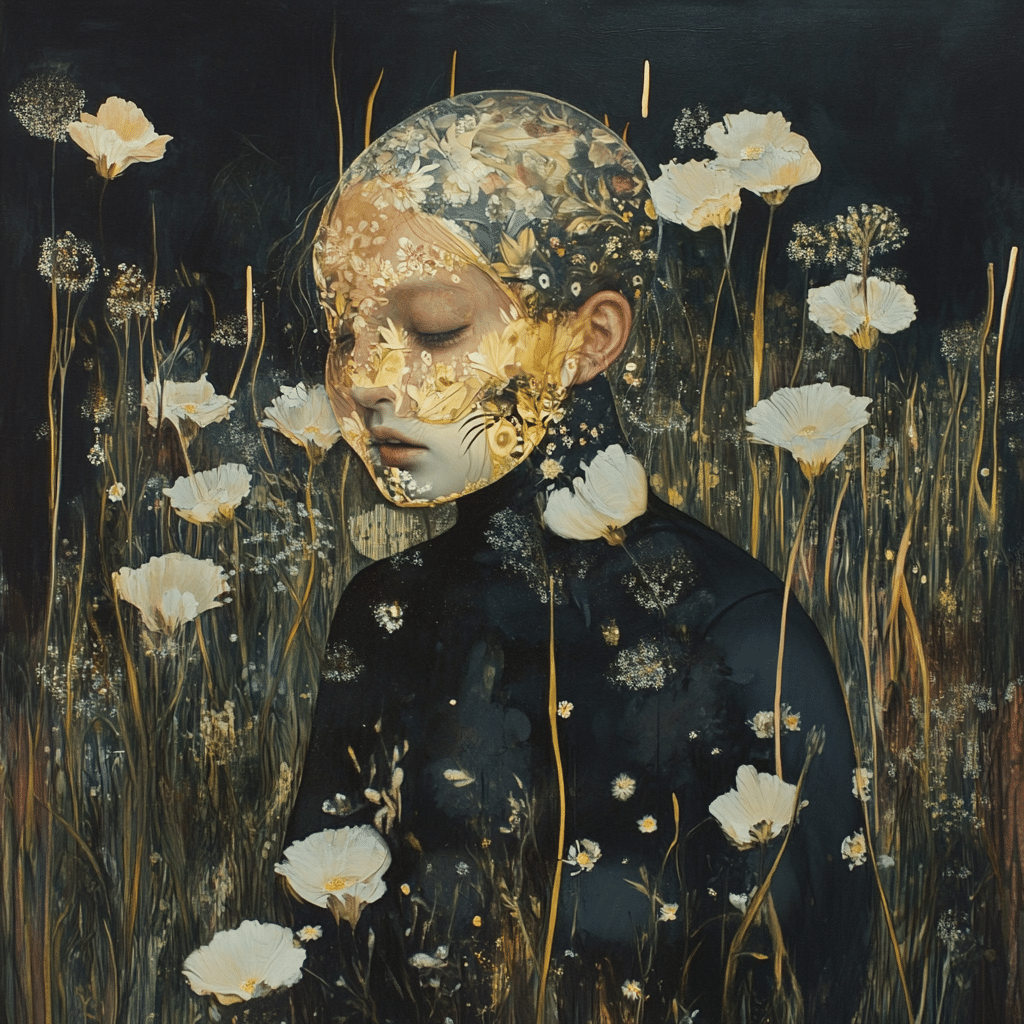Stained glass windows, with their vibrant colors and intricate designs, have captivated viewers for centuries. These stunning creations aren’t just decorative elements; they transform the ambiance of spaces, imbuing them with a unique beauty and enchanting light. From cathedrals bathed in divine radiance to contemporary homes integrating art into everyday life, stained glass windows play a significant role in shaping our environments. This article delves into the artistry, history, and cultural significance of these windows, showcasing how they illuminate our surroundings and evoke profound emotions.
The Beauty and Light of Stained Glass Windows
The experience of gazing at stained glass windows is akin to stepping into a living painting. Each window tells a story, sharing tales from mythology to religion and everyday life. The interplay between sunlight and colored glass casts a magical dance of shadows and colors, transforming any space into something transcendent.
In ancient times, stained glass served a functional purpose, helping to tell biblical stories to a largely illiterate populace. Today, while their aesthetic purpose reigns supreme, they continue to foster contemplation and connection to spiritual and cultural narratives.
The techniques behind stained glass creation have been honed over centuries. Artists begin with detailed charcoal sketches known as cartoons before cutting glass into various shapes. Their vision comes to life as they play with light, allowing colors to meld beautifully when illuminated by the sun. As these artisans innovate, their craftsmanship pushes boundaries, combining traditional methods with modern techniques to produce thought-provoking masterpieces.
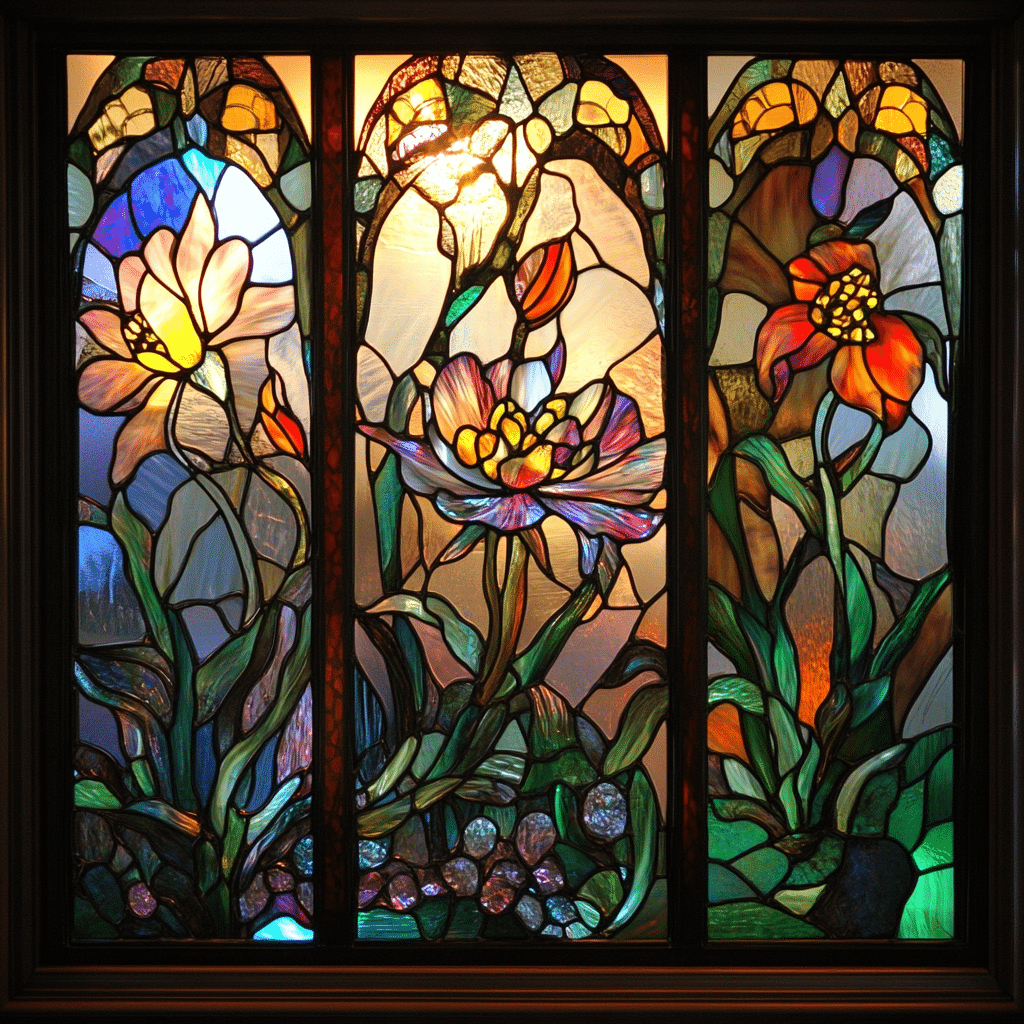
Top 7 Examples of Stained Glass Windows That Transform Spaces
The iconic rose window at Notre-Dame Cathedral in Paris is a stunning example of medieval stained glass artistry. Created during the 13th century, this masterpiece features intricate designs that tell biblical stories through vibrant colors, casting colorful light into the nave. Considering the recent restoration efforts post-fire, particularly in preserving these windows, highlight their cultural importance in modern times and underscore their ongoing significance.
Marc Chagall’s stained glass windows at Hadassah Medical Center present a modern take on historical themes. Completed in the 1960s, they depict biblical stories with a riot of colors and styles. These windows infuse the hospital’s spiritual environment with comfort and hope, transforming a place of healing into an oasis of artistic expression.
St. Dominic’s Church on Bush Street houses ‘The Crown of Thorns,’ a stunning stained glass window crafted by Italian artist Costantino. This piece effectively merges religious symbolism with floral motifs, creating an inviting yet reflective space that encourages contemplation. Its vibrant hues emphasize the sacredness of the church while inviting light to dance throughout the interior.
Architect Frank Lloyd Wright’s Unity Temple in Oak Park, Illinois, features exquisite stained glass windows that complement his innovative design. The windows are essential to the building’s structure, using geometric patterns and hues that enhance rather than obstruct natural light. They exemplify the unity that Wright aimed to communicate throughout his work.
Renowned for its breathtaking beauty, the Tiffany Glass Dome in the Chicago Cultural Center is one of the largest stained glass domes globally. Completed in 1897, this breathtaking feature employs around 30,000 pieces of glass, creating a harmonious blend of warm tones that turns sunlight into a kaleidoscope. Its stunning presence elevates the space, making it a central attraction for anyone who walks through its doors.
The stained glass windows of Westminster Abbey intertwine social commentary and narratives within British history. Each window, especially the serene angels depicted in the Choir, conveys a story from various periods, enriching the overall ambiance and creating a bridge to the past.
The captivating stained glass windows at St. Michael’s Cathedral embody a blend of traditional and contemporary design, reflecting the community’s diverse spirit. They narrate stories of local saints and historic figures while illuminating the cathedral’s interior. This artistic approach breathes life into worship through light and color, resonating with all who visit.
The Artistry Behind Stained Glass Windows
At the heart of each stained glass masterpiece lies a meticulous artistic process that has remained largely unchanged for centuries. Artists draft sketches to capture their vision, guiding the creation of these stunning works. The glass, often treated with pigments, is then intricately cut and assembled to create a vibrant, harmonious interplay of light and shadow.
The enchanting final product goes far beyond mere aesthetics. Artists often employ techniques like glass fusion or watercolor glass application to breathe a fresh approach to traditional methods. This combination of age-old techniques and innovative artistry showcases how stained glass continues to evolve, allowing for creative possibilities that leave an impact long after the sun has set.
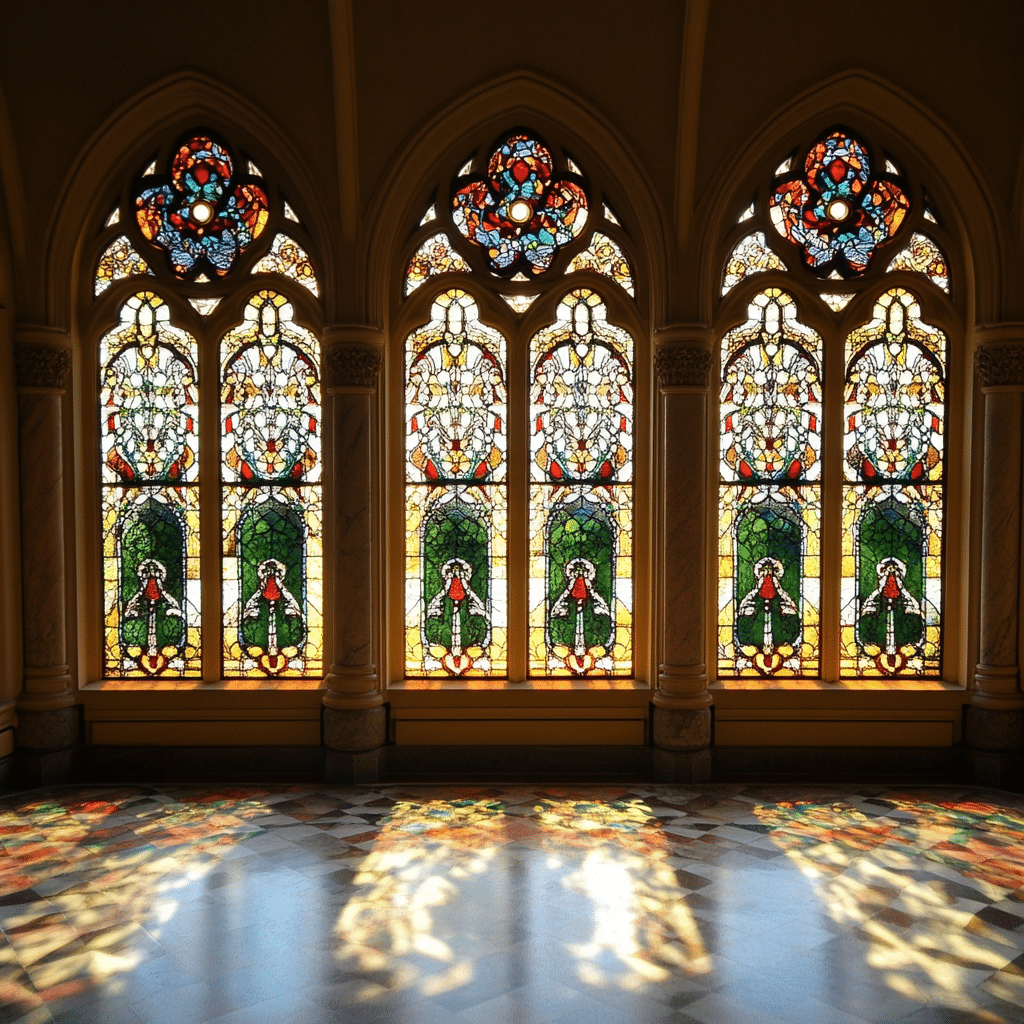
The Cultural Significance and Symbolism of Stained Glass Windows
Stained glass windows symbolize far more than decorative appeal; they encapsulate cultural narratives and spiritual beliefs and have for centuries. Symbols, like the Crown of Thorns, frequently found in ecclesiastical contexts, serve powerful meanings relating to sacrifice and redemption. They work as educational tools, imparting biblical narratives to congregants and instilling moral values through visual storytelling.
Beyond religious settings, stained glass has found a place in secular architecture. Designers and architects increasingly integrate stained glass into modern buildings, aiming to convey emotional experiences or offer artistic storytelling—an artistic dialogue that resonates with audiences across generations.
How Stained Glass Windows Influence Modern Spaces
In contemporary architecture, stained glass is revived as a sought-after element, merging artistic beauty with functional design. Designers apply stained glass in various environments—from corporate offices aiming for a serene atmosphere to residential homes incorporating artworks into everyday life. This timeless art form creates spaces conducive to creativity, meditation, and connection.
As sustainability becomes a larger part of architectural discourse, the integration of energy-efficient glass with stained glass techniques addresses the twin goals of artistry and environmental consciousness. The impact of stained glass windows continues to challenge our notion of traditional spaces, inviting reflection and inspiration.
In essence, stained glass windows possess an enduring allure, transforming any space into a sanctuary of beauty and grace. Their magical interplay of color and light illuminates not just our physical surroundings but our very spirits, bridging the past with the present and the sacred with the secular. Whether found in historical cathedrals or contemporary designs, stained glass windows stand as a testament to human creativity and spiritual expression, illuminating our lives in countless ways.
Stained glass windows showcase the brilliance and creativity of artisans, from Notre-Dame Cathedral to the stunning Tiffany Glass Dome in Chicago. They remain a transformative element in any architecture, shining light and beauty into our world. The allure of stained glass continues to inspire today, reminding us that art can make any space a little brighter and a lot more meaningful.
Stained Glass Windows: Illuminating Spaces with History and Art
Stained glass windows have fascinated people since ancient times, transforming ordinary places into spectacular canvases of light and color. These windows, with their intricate designs and vibrant hues, tell stories and evoke emotions. Did you know that the oldest recorded stained glass window is in a church in Augsburg, Germany? Dating back to the 11th century, it’s a stunning glimpse into the art form’s early beginnings. Speaking of transformation, if you ever find yourself exploring Notre Dame stadium, keep an eye out for its magnificent stained glass that simply adds to the venue’s charm, much like the ambiance you’d find at late night bars that come alive with vibrant colors and energy.
The Art and Craft of Stained Glass
Creating stained glass windows involves a layered process that combines artistry and craftsmanship. Many artists emphasize that it’s not just about choosing the right colors but also understanding how light interacts with each piece. An interesting fact: during the Renaissance, stained glass was often used in churches to instruct the illiterate about biblical stories through imagery, much like how contemporary icons and movies, such as potential sequels like Spaceballs 2, use visuals to convey narratives. Today, stained glass isn’t relegated to sacred spaces; it graces homes, schools, and even offices, showing its versatility and timeless appeal.
Modern Interpretations and Cultural Significance
Fast forward to modern times, and stained glass windows have adapted to contemporary tastes while still holding onto their historical roots. Artists like Lymari Nadal bring fresh perspectives into their works, blending traditional techniques with modern themes. One standout feature is how these windows can enhance a sense of community, much like the diverse music acts featured at events like Lovers And Friends 2023 that unite people for a common experience. Moreover, many stained glass windows are labeled as symbols of hope and spirituality, similar to the uplifting stories surrounding figures such as Kamiyah Mobley, whose resilience captivates the public.
So, the next time you admire a stained glass window, think of it as a bridge between the past and present. Just like the cozy comfort of Birkenstock Shearling that wraps around you, stained glass offers more than just visual pleasure; it provides a connection to history, culture, and even personal stories, just like the fascinating dynamics seen with the likes of Blueface’s mom. Each piece you see is a reflection of its time, evoking wonder and prompting us to appreciate the beauty of artistry infused with light.
